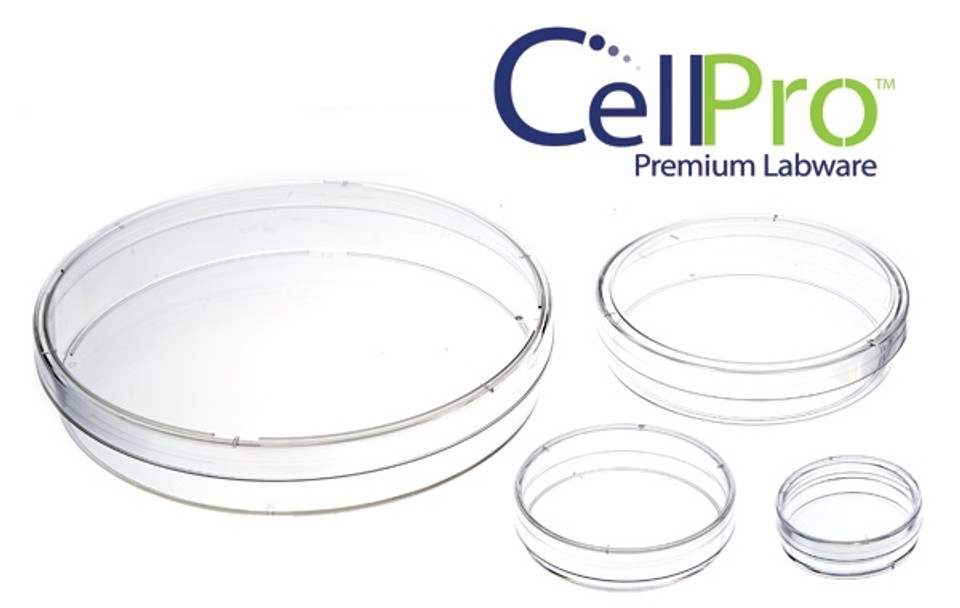Easy Tips for Properly Handling Cell Culture Dishes

Working in a laboratory setting, especially with cell or tissue culture dishes, requires precision and care. Whether you’re an experienced researcher or just starting, properly handling culture dishes is essential for ensuring the integrity of your work. Even the smallest mistake can lead to contamination, compromised results, or wasted resources. In this blog, we will discuss key tips for handling cell culture dishes that will help you maintain the quality and reliability of your experiments.
1. Keep Everything Clean and Sterile
The most important thing when working with cell culture dishes is keeping everything clean. If your dishes get contaminated with bacteria or dust, your experiments could fail.
- Work in a Clean Space: Always work in a biosafety cabinet, also called a sterile hood. This special area keeps the air clean and helps protect your cultures from contamination. Before starting, clean the surface inside the hood with 70% alcohol or disinfectant.
- Wear Clean Gear: Always wear gloves, a lab coat, and a face mask to protect your cultures. Your gloves should be sterile (germ-free). If you touch anything outside the sterile area, like your phone or desk, change your gloves to keep everything clean.
- Use Clean Tools: Make sure all the tools you use, like pipettes and forceps, are sterile. You can sterilize them using heat (autoclaving) or buy disposable sterile tools.
2. Handle Dishes Gently
Cell culture dishes are delicate, so you need to handle them carefully. Treat them like they are fragile to avoid breaking them or contaminating the cells inside.
- Be Gentle: Tissue culture dishes, especially glass ones, can crack or break if you’re not careful. Plastic dishes are more durable but still need to be handled gently.
- Use Both Hands: Always use both hands to carry a dish to prevent spills. If the dish tilts, the liquid inside can spill and mess up your experiment.
- Keep the Lid On: Don’t leave the dish open for too long. Open air has dust and germs that can spoil your culture. Only open the dish when necessary, and do it inside the sterile hood.
3. Keep the Right Environment for Cells
Cells are very sensitive to their environment. They need the right temperature, humidity, and other conditions to grow well.
- Maintain Temperature: Cells are usually grown in incubators at 37°C (body temperature). Try not to open the incubator door too much, as this can cause temperature changes, which can stress the cells.
- Watch Humidity: Inside the incubator, there’s a tray of water that keeps the air moist. Make sure it always has enough water so that the liquid in your cell culture dishes doesn’t evaporate.
- Check CO2 Levels: Some cells need a certain amount of CO2 to grow. If your incubator is set to 5% CO2, make sure it stays at that level by checking the incubator regularly.
4. Label and Organize Dishes Properly
Keeping your cell culture dishes organized and labeled is important so you don’t mix them up.
- Label Clearly: Always write down key information like the type of cells, the date, and any special treatments you’ve used. Use a marker and write on the bottom or side of the dish. If you write on the lid and the lid gets swapped, you’ll be in trouble!
- Organize by Date or Type: Keep your dishes in order, either by the date you started the experiment or by the type of cells. This makes it easier to find what you need without opening the incubator too often.
5. Avoid Cross-Contamination
Cross-contamination happens when germs or other cell types accidentally get mixed into your cell cultures. This can ruin your experiment, so it’s best to prevent it from happening.
- Separate Dishes for Different Cells: Always use different cell culture dishes for different cell types or experiments. Mixing them up can lead to confusing results.
- Change Pipette Tips Often: When transferring liquids between dishes, change the pipette tip every time you move to a new dish. This helps avoid transferring germs from one dish to another.
- Clean Up Spills Quickly: If any liquid spills, clean it up right away using alcohol or a sterile wipe. Leaving spills can lead to contamination.
6. Check Your Cells Regularly
Once you’ve started growing your cells, it’s important to check them regularly to make sure they’re healthy.
- Look Under a Microscope: Check the cells using a microscope. Healthy cells should have a specific shape and look clear. If you see cloudy liquid or changes in the cells’ appearance, it might mean they are contaminated or stressed.
- Watch for Signs of Contamination: Contaminated cell culture dishes might show floating particles or changes in color. If you notice this, it’s best to throw out the dish and start over to avoid ruining other cultures.
- Monitor Growth: Keep track of how fast the cells are growing. If they suddenly stop growing or grow too slowly, it could mean there’s a problem with the cultural conditions.
7. Dispose of Dishes Safely
When you’re done with your experiment, you’ll need to throw away the used cell culture dishes properly to keep your lab safe.
- Decontaminate First: Before throwing away a dish, soak it in a bleach solution (10%) for at least 30 minutes or autoclave it to kill any remaining germs.
- Use Biohazard Bins: Once the dish is safe to handle, throw it away in the biohazard waste bin. Never throw it in the regular trash, as it can still contain harmful substances.
8. Keep Good Records
Keeping detailed notes on your experiments will help you understand what worked and what didn’t. Good records are key to doing successful experiments.
- Write Down Everything: Keep track of the media you used, like cell culture dishes, pipettes, and forceps, the temperature settings, and any special treatments your cells received. This helps if you need to repeat the experiment later or share your work with others.
- Note Any Issues: If something unusual happens, like a power cut or temperature change, make a note of it. Even small issues can affect your results, and it’s helpful to know what might have gone wrong.
Conclusion
Handling cell culture dishes may seem tricky at first, but with these simple tips, you’ll quickly get the hang of it. By keeping your work environment clean, handling dishes carefully, and paying attention to cell health, you can ensure your experiments run smoothly and your cells remain healthy. Proper handling not only saves time and effort but also helps you get reliable results every time you experiment. Just remember—patience and cleanliness are your best friends in the lab!













Post Comment